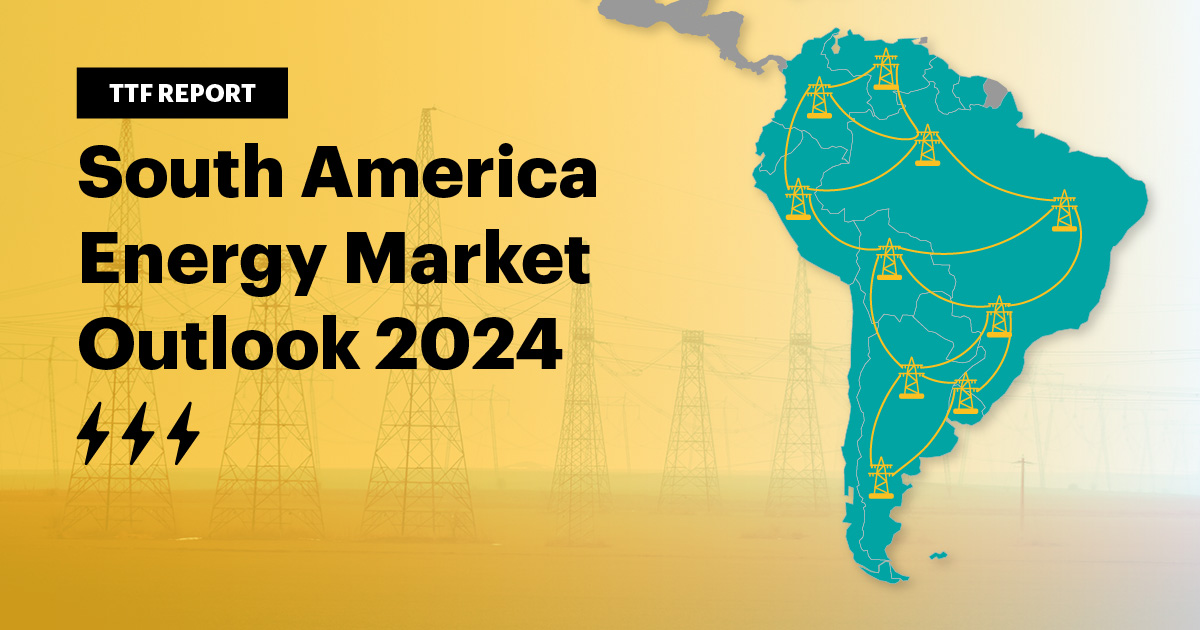
BHP and Lundin Mining are teaming up to get South America-focused Filo Corp. This agreement provides them with important copper holdings in Chile and Argentina. Copper is an essential component of the energy industry as we transition to a low-carbon future. Chile, Peru, and Argentina have consolidated their positions as world copper production leaders. This is due to their extensive deposits and advanced mining procedures. The Andes Mountains contain some of the world’s largest and richest copper mines. Copper is an important resource for several countries since it generates money, jobs, and foreign exchange earnings. The participation of these companies will result in increased regional investments. Here’s a summary of the copper sector in South America, including its importance and challenges.
Economic importance of copper in South America
Copper is an important factor in the economic development of South America, particularly Peru and Chile. It helps to boost GDP, employment, government revenue, and its position in global markets. Further, growing demand for copper drives the growth of renewable energy and electric vehicles in South America. Copper mining creates jobs, generates cash for the government, expands worldwide market impact, develops infrastructure, and promotes environmental sustainability. It also leads to technological advancements in mining and environmental safety.
Copper Applications in South America’s Energy Industry
Copper is now used more frequently as demand and energy infrastructure in the region continue to expand. It contributes to energy production, distribution, power generation, renewable energy, and efficiency in the region. The agreement between BHP and Lundin Group will raise the demand for economic and energy futures. The following are the applications of copper in South America’s energy infrastructure.

- Electrical wiring and cables – copper has excellent conductivity which makes it the ideal materials for electrical wiring. They work in power transmission and distribution networks in South America. Also, it is an integral component in renewable energy installations including solar panels and wind turbines.
- Electric vehicles – the increasing development of electric vehicles utilizes copper used in batteries, motors, wiring and charging systems. Copper also works in the development of infrastructure for EV charging stations for cables and wiring systems.
- Power generation – copper serves in hydropower plants in generators, transformers and wiring systems. Additionally, copper works in thermal power plants which play a role in the energy mix.
- Energy storage systems – copper is works in batteries used in renewable energy systems. This helps in conducting electricity within batteries and components like connectors and conductors. Storing energy in these batteries help to stabilize the electric grid by storing excess energy.
- Electric motors and transformers – copper serves in the windings of electric motors due to its high electrical conductivity. Copper is ideal material for the windings in transformers in power transmission and distribution.
- Grid modernization and smart grids – the modernization of electrical grids relies on copper. Smart grids need advanced wiring, sensors and communication systems. Also, copper plays a role in reducing energy losses in transmission and improving the reliability of power systems.
Challenges for South America’s copper mines
Copper mines provides many advantages to South America’s energy infrastructure, economy, and development. However, it confronts much hurdles that could hinder its future growth and viability. Companies and stakeholders must solve these difficulties with help from governments, industry participants, and local communities. Here is an outline of the copper industry’s significant difficulties.

- Economic pressures – the global market faces price volatility from factors such as changes in global demand, economic and geopolitical tensions. The cost of copper mining is rising due to factors like aging mines and increasing energy and labor costs.
- Operational challenges – the region has aging infrastructure such as transportation networks, ports and power supplies. Also, the grade of copper ore is declining which leads to the need for increased extraction of the same amount of copper. This increases production costs and energy consumption which reduces efficiency of mining operations.
- Market dynamics – South America faces competition from copper producing regions in Asia and Africa. The regions may have lower production costs and more favorable business environments. For example, the increasing demand for copper in electric vehicles and renewable energy is a positive trend but needs new market standards.
- Technological challenges – copper industry must invest in new technologies to improve efficiency and reduce costs.
